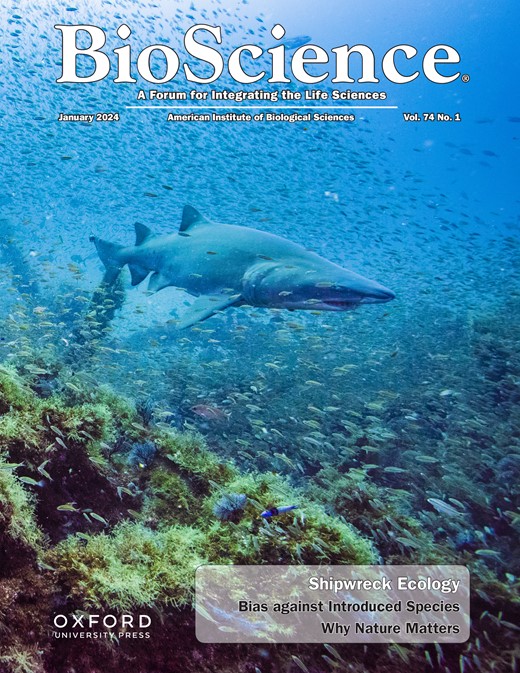Agreeing that maps can disagree: Moving away from map confusion in conservation
IF 7.6
1区 生物学
Q1 BIOLOGY
引用次数: 0
Abstract
Deciding where to implement actions for biodiversity conservation remains challenging for many reasons, including the increase in maps aimed at prioritizing locations for conservation efforts. Although a growing numbers of maps can create the perception of uncertainty and competing science, a shared set of principles underlie many mapping initiatives. We overlaid the priority areas identified by a subset of maps to assess the extent to which they agree. The comparison suggests that when maps are used without understanding their origin, confusion seems justified: The union of all maps covers 73% of the contiguous United States, whereas the intersection of all maps is at least 3.5%. Our findings support the need to place a strong focus on the principles and premises underpinning the maps and the end users’ intentions. We recommend developing a science-based guidance to aid scientists, policymakers, and managers in selecting and applying maps for supporting on-the-ground decisions addressing biodiversity loss and its interconnected crises.同意地图可以有分歧:摒弃保护中的地图混淆
由于多种原因,决定在何处实施生物多样性保护行动仍具有挑战性,其中包括旨在确定保护工作优先地点的地图数量不断增加。虽然越来越多的地图会给人带来不确定性和科学竞争的感觉,但许多地图绘制计划都有一套共同的原则。我们将一部分地图确定的优先区域进行了重叠,以评估它们的一致程度。比较结果表明,如果在不了解地图来源的情况下使用地图,就会产生混淆:所有地图的结合部覆盖了美国毗连地区的 73%,而所有地图的交叉部至少覆盖了 3.5%。我们的研究结果表明,有必要高度重视地图的基本原则和前提以及最终用户的意图。我们建议制定以科学为基础的指南,帮助科学家、政策制定者和管理者选择和应用地图,以支持应对生物多样性丧失及其相互关联的危机的实地决策。
本文章由计算机程序翻译,如有差异,请以英文原文为准。
求助全文
约1分钟内获得全文
求助全文
来源期刊

BioScience
生物-生物学
CiteScore
14.10
自引率
2.00%
发文量
109
审稿时长
3 months
期刊介绍:
BioScience is a monthly journal that has been in publication since 1964. It provides readers with authoritative and current overviews of biological research. The journal is peer-reviewed and heavily cited, making it a reliable source for researchers, educators, and students. In addition to research articles, BioScience also covers topics such as biology education, public policy, history, and the fundamental principles of the biological sciences. This makes the content accessible to a wide range of readers. The journal includes professionally written feature articles that explore the latest advancements in biology. It also features discussions on professional issues, book reviews, news about the American Institute of Biological Sciences (AIBS), and columns on policy (Washington Watch) and education (Eye on Education).
 求助内容:
求助内容: 应助结果提醒方式:
应助结果提醒方式:


